Recently, Turkey’s military industry has achieved a breakthrough, with the F-16 fighter jet successfully test-firing the domestically produced SOM-J cruise missile, accurately hitting a maritime target. This test not only showcases the rapid advancement of Turkey’s defense technology but also marks a significant enhancement of the country’s military capabilities.
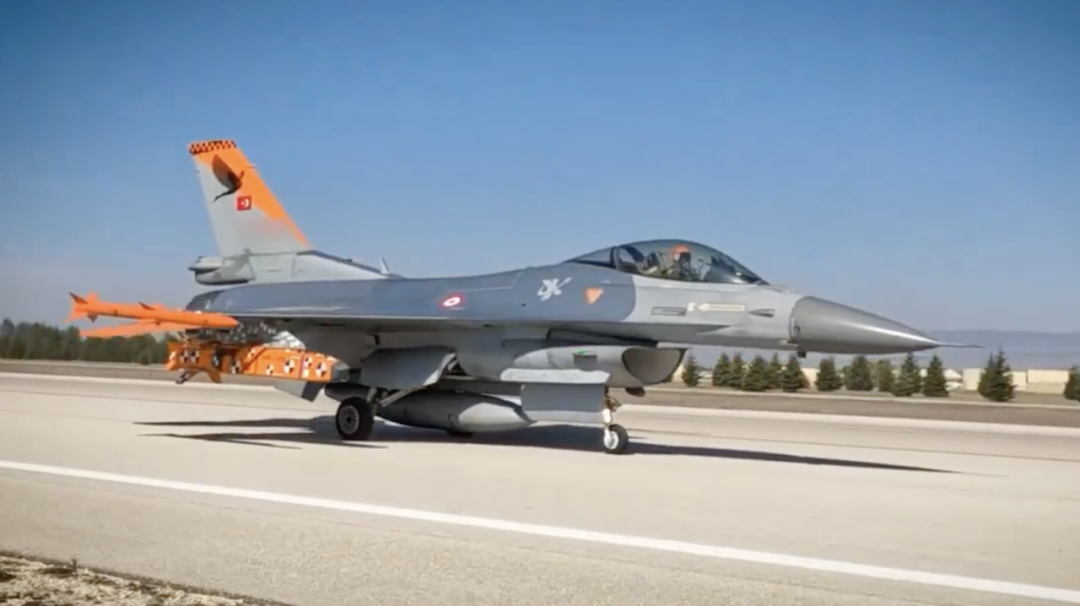
According to reports, the test launch was personally announced by Turkey’s Minister of Industry and Technology, Mustafa Varank, who also revealed the footage of the test. The video shows the F-16 fighter jet taking off with the SOM-J missile and executing mid-flight maneuvering through a data link, ultimately hitting the designated target. Although the test missile did not carry a live warhead and no explosion effects were observed, the success of this test is sufficient to demonstrate the technical maturity and reliability of the SOM-J missile.
As an out-of-area smart missile, the SOM-J was originally designed to be used in the F-35’s weapon bay. However, after Turkey was excluded from the F-35 program, this plan had to be adjusted. The revised SOM-J can not only be carried by the F-16 but is also compatible with various other operational platforms currently in service with Turkey, providing greater flexibility for its future sales and use.
The design concept and technical parameters of the SOM-J cruise missile reflect Turkey’s pursuit of precision strike capabilities under modern warfare conditions. The missile weighs 540 kilograms, has a range of up to 275 kilometers, a maximum speed of 0.94 Mach, and is equipped with a 140-kilogram semi-armor-piercing warhead, providing significant destructive power.
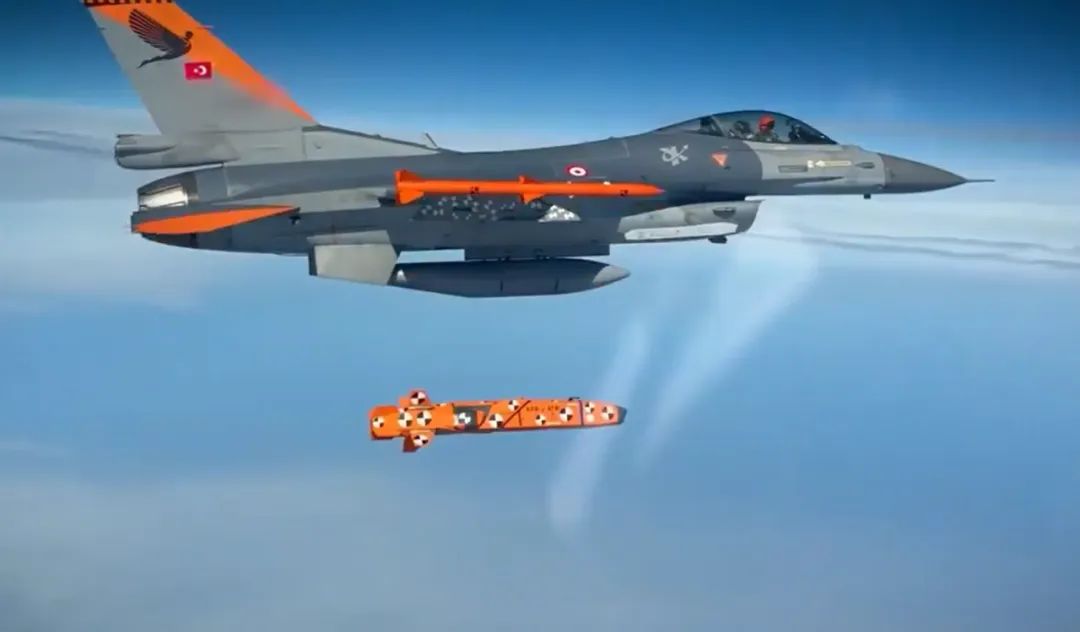
The missile’s body design features a slightly downward-sloping shape, with side air intakes replacing the belly air intake, and the wings have been changed to a downward-folding design. These features are all intended to meet the special requirements of the F-35’s weapon bay. A set of four X-shaped folding wings added in front of the tail further enhances the missile’s aerodynamic efficiency and maneuverability.
In terms of guidance systems, the SOM-J missile is equipped with an advanced TRI40 turbojet engine and a cooling infrared imaging seeker based on a cadmium mercury telluride mid-wave infrared detector at the front, enabling high-precision target identification and strike capabilities. Additionally, its guidance system includes inertial navigation/GPS/terrain matching navigation, as well as image matching guidance and automatic target matching functions, ensuring precise strikes in complex battlefield environments.
Notably, the SOM-J missile is also equipped with a bidirectional Link-16 tactical data link, which supports in-flight target updates and opportunistic target strikes, as well as mission aborts, greatly enhancing operational flexibility and adaptability. The design and functionality of this missile will undoubtedly provide the Turkish military with a highly effective long-range strike tool for future battlefields.
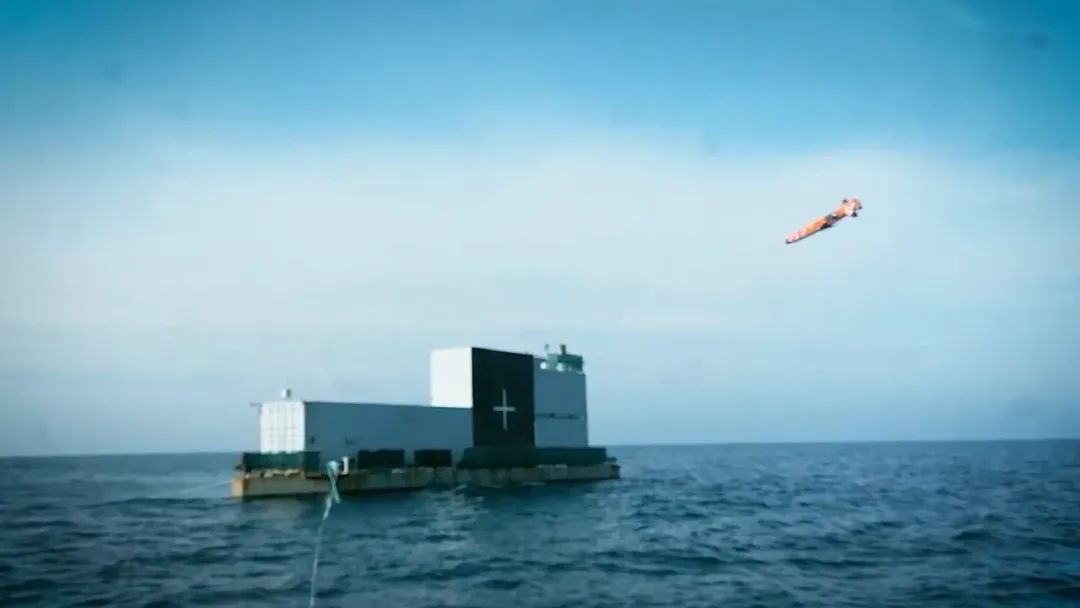
The Turkish government has shown great importance regarding the successful test launch of the SOM-J cruise missile. Minister Varank’s statement emphasized not only the missile’s enhancement of the Turkish military’s combat capabilities but also its significance in improving drone strike capabilities.
Varank pointed out that the addition of the SOM-J cruise missile will provide the Turkish military with a significant multiplier effect in modern warfare environments. Especially in the field of drones, this new missile will greatly enhance the capability of Turkey’s large drones to strike high-value targets from a distance, which is of milestone significance for enhancing Turkey’s strategic deterrence and practical application of defense forces.
Meanwhile, the sales prospects for the SOM-J missile are also widely optimistic. With Turkey’s rapid development in drone technology, models like the “Prowler” have already gained a certain reputation in the international market. Now, with the successful test launch of the SOM-J missile, the operational capabilities of these drones will be further enhanced, undoubtedly increasing the attractiveness of Turkey’s drone products.
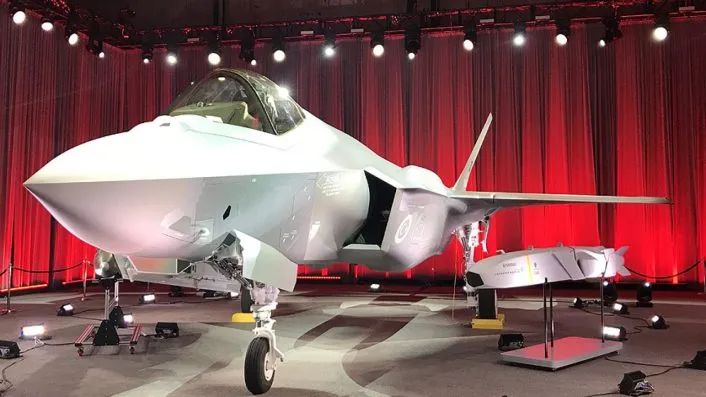
Furthermore, Turkey plans to integrate the SOM-J missile into more operational platforms, including the next-generation unmanned combat aircraft “Red Apple” currently under development, as well as potentially other fighter jet models. This missile’s multi-platform compatibility will open up broader market opportunities, potentially becoming a highlight of Turkey’s defense industry exports in the future.
In the development path of Turkey’s military industry, the F-35 program was once an important milestone. Turkey originally planned to participate in the F-35 program to not only introduce advanced fifth-generation fighter jets but also to take this opportunity to enhance its own defense technology level. However, due to various reasons, Turkey was ultimately excluded from the F-35 program, a decision that has had profound impacts on Turkey’s military planning and defense industry.
After being excluded from the F-35 program, Turkey had to adjust its defense industry strategy. In this process, the SOM-J missile project has become a typical case of Turkey’s self-development. The missile technology originally developed to support the F-35 did not stagnate due to the exit from the F-35 program; instead, it adapted to the F-16 and other platforms, demonstrating Turkey’s flexibility and innovative capabilities in the face of challenges.
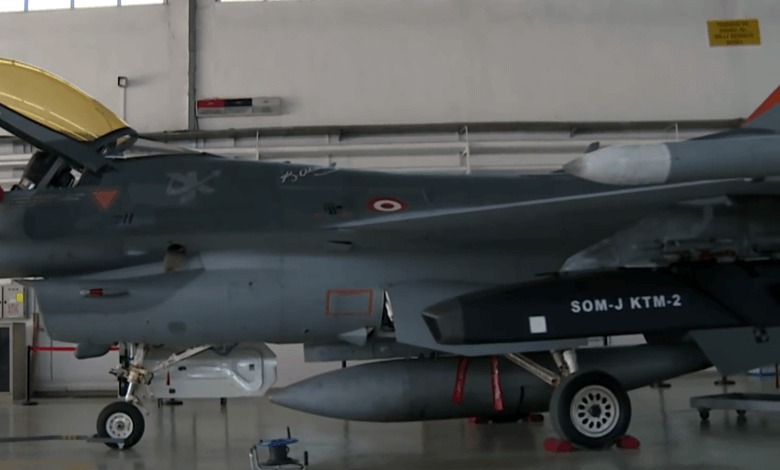
Although Turkey’s exclusion from the F-35 program has brought many uncertainties, this turning point in Turkey’s defense industry may very well be the beginning of its independent development and innovation. By transforming existing technologies and integrating new platforms, Turkey has not only proven its technological independence and reliability but has also paved new paths for the future of its defense industry.
Previous Highlights:
The second trial overturned the first guilty verdict, Lee Jae-myung’s advantage is now established, and the opposition party’s morale is soaring.
Before the final result of Yoon Suk-yeol is announced, his biggest competitor has already seized an important opportunity.
Old Du’s daughter’s approval rating soars, Marcos is restless, and the military’s guns are already stirring.
A counterattack against the U.S.! Before taking action, Canada got the answers it wanted from China.
The B-2 stealth bombers are rarely deployed in large numbers, and transport aircraft swarm in, Trump wants the world to see the U.S. military’s strength.